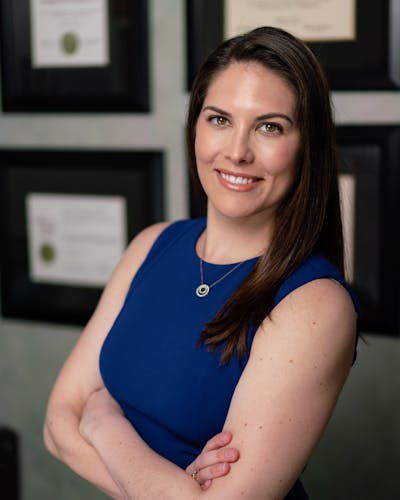How soon can you get a revision facelift after your original facelift?
It is typically recommended that patients wait at least 6 months to a year after their original procedure before seeking out a revision facelift.
Are revisions common in plastic surgery?
As every patient has their own unique issues and preferences, it is quite common for patients to want to undergo revision facelift procedures.
What are the risks of a revision facelift?
The primary risk associated with revision treatments is skin tension near the scar line.
Does a revision treatment take longer to heal from?
The healing process is generally the same as the original procedure and lasts a similar amount of time.



